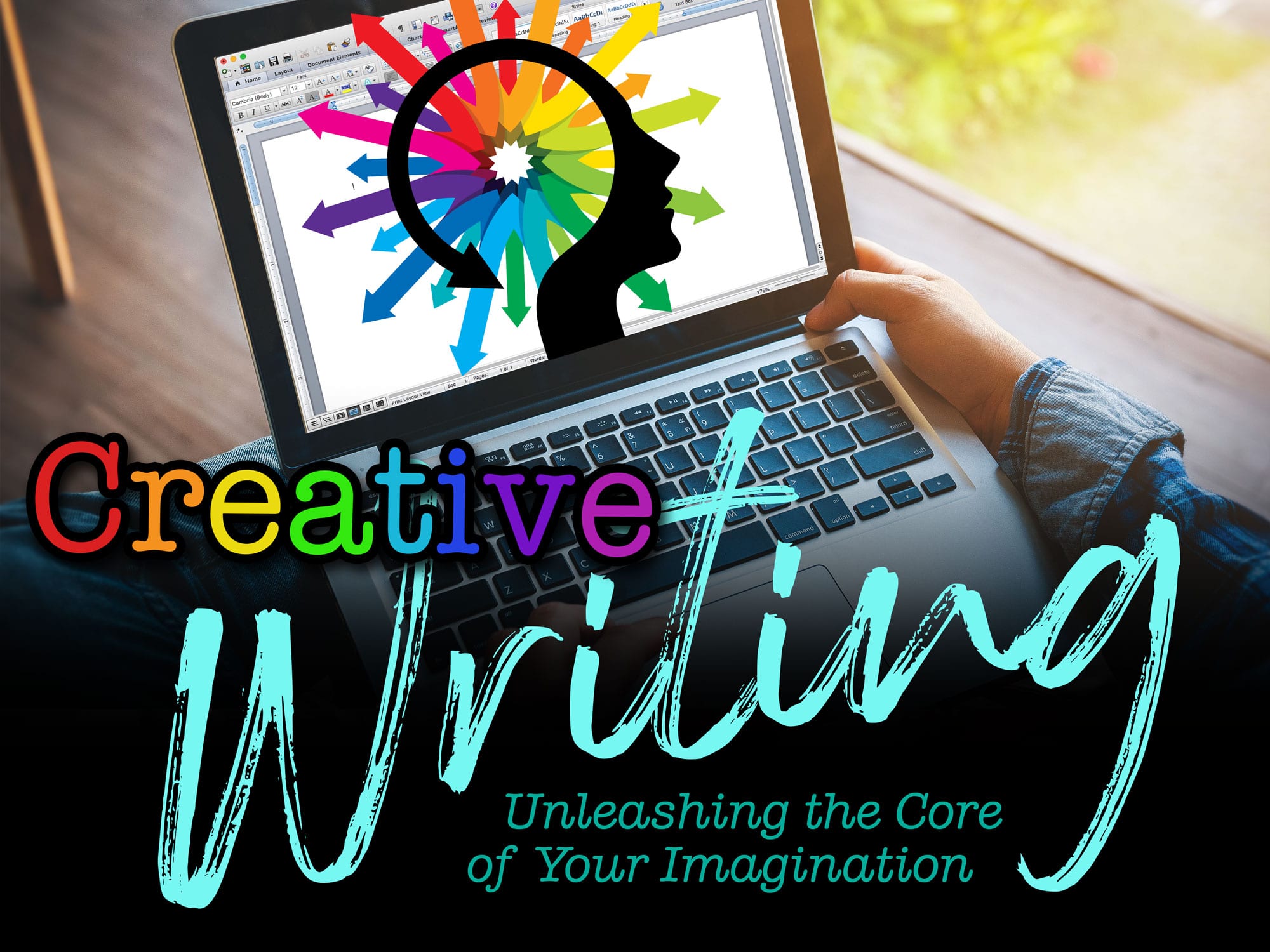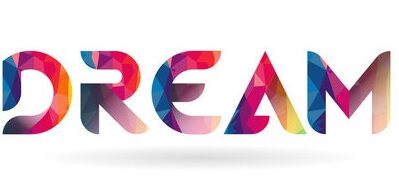Introduction
When we close our eyes and drift off to sleep, a magical world awaits us – the world of dreams. Dreams have always intrigued and fascinated humanity, often leaving us with vivid images, intense emotions, and creative ideas that linger long after waking up. But what is the connection between dreaming and creativity? In this article, we will explore the surprising link between the two and how you can harness the power of your dreams to unleash your imagination.
Understanding Dreams and Their Phases
Dreams occur during different phases of sleep, primarily during Rapid Eye Movement (REM) sleep and non-REM sleep. During REM sleep, the brain becomes highly active, and this is when most dreams take place. The exact purpose of dreams is still a subject of debate among scientists and researchers, but various theories suggest that they might be essential for memory consolidation, emotional processing, problem-solving, and even creativity.
The Science of Creativity
Creativity is the ability to generate new and valuable ideas, solutions, and expressions. While the process of creativity is complex and unique to each individual, it is fundamentally rooted in the brain’s neural pathways and cognitive processes. Studies have shown that creativity involves various brain regions, including the prefrontal cortex responsible for executive functions, the hippocampus involved in memory, and the association cortices, which connect diverse concepts and ideas.
Exploring the Dream-Creativity Connection
The link between dreaming and creativity is not a modern concept. Throughout history, many artists, writers, scientists, and inventors have reported deriving inspiration from their dreams. From the renowned chemist August Kekulé discovering the structure of the benzene ring in a dream to Paul McCartney composing the melody of “Yesterday” in his sleep, dreams have proven to be a wellspring of creativity.
Research has shown that during dreaming, the brain can freely explore abstract and unrelated thoughts, leading to the formation of novel connections. The dream state allows the brain to break free from the constraints of reality, making it an ideal setting for generating innovative ideas and solutions.
Unleashing Creativity through Lucid Dreaming
Lucid dreaming is a unique state where the dreamer becomes aware of being in a dream and gains some control over the dream’s narrative. This state of consciousness offers a powerful platform for creative exploration and experimentation. Lucid dreamers can actively shape their dreams, fly through imaginary worlds, and converse with dream characters, providing an exceptional playground for creative thinking.
To induce lucid dreaming, one can practice reality checks during the day, maintain a dream journal, and develop a habit of questioning reality. Lucid dreams allow individuals to consciously participate in the creative process, experimenting with ideas, and finding inspiration within their dreamscapes.
Dream Journaling for Creative Insights
Keeping a dream journal is a valuable tool for tapping into the creative potential of your dreams. By recording your dreams immediately after waking up, you capture the fleeting imagery and emotions that may hold hidden insights. Over time, patterns and recurring themes might emerge, giving you a deeper understanding of your subconscious mind and creative inclinations.
When analyzing your dream journal, pay attention to symbols, colors, and emotions present in your dreams. These elements can serve as valuable sources of inspiration and symbolism for your creative projects. Your dream journal can become a treasure trove of imaginative ideas that you can draw upon whenever you feel creatively stuck.
Dreams, Emotions, and Artistic Expression
Dreams are rich in emotions, often evoking feelings of joy, fear, love, or sadness. These emotional experiences can fuel artistic expression, enabling artists to create profoundly moving and relatable works of art. By channeling the emotions experienced in their dreams, artists can add depth and authenticity to their creations.

Many famous artists, such as Salvador Dali and Frida Kahlo, have incorporated dream elements into their art. For them, dreams were a bridge between the conscious and unconscious minds, allowing for a more profound exploration of their inner worlds.
Dream Incubation: Cultivating Specific Dreams for Creativity
Dream incubation is a practice where individuals intentionally set their intentions before sleep to dream about specific topics or questions. By priming the mind with a creative challenge or idea, dream incubation can lead to dream experiences that provide unique perspectives and insights.
To utilize dream incubation effectively, create a ritual before sleep by meditating on your creative question or project. As you drift off to sleep, hold the intention of receiving creative inspiration in your dreams. Upon waking, record any dreams or insights related to your creative inquiry.
Overcoming Creative Blocks with Dream Analysis
As creatives, we all encounter periods of creative blocks and self-doubt. Dream analysis can offer valuable clues to help us understand the underlying causes of these obstacles. Dreams can act as mirrors, reflecting our fears, desires, and unresolved issues, which may be inhibiting our creative flow.
By examining dream symbols and themes, we can gain insights into our subconscious barriers and work towards overcoming them. Embracing the messages from our dreams can lead to personal growth and a renewed sense of creativity.
The Ethical Considerations of Dream-Inspired Creativity
While dreams can serve as a well of creativity, it’s essential to approach dream-inspired creations ethically and responsibly. Some cultures and belief systems ascribe sacred or spiritual significance to dreams, and it’s crucial to respect these beliefs when using dream symbolism in artistic expression.
Moreover, when drawing inspiration from dreams, it’s essential to credit the source of your ideas and acknowledge any cultural or historical influences that may have shaped them. Being mindful of the impact and implications of your dream-inspired creations helps maintain cultural sensitivity and artistic integrity.
Lucid Dreaming and Creativity in Personal Development
Beyond its creative applications, lucid dreaming can be a powerful tool for personal development. Engaging with your dreams consciously can offer profound self-discovery and healing experiences. By confronting fears, exploring passions, and seeking guidance within the dream realm, you can gain valuable insights that influence your waking life and creative endeavors.
Cultivating a creative mindset through dream exploration can lead to a more enriched and fulfilling life, where you find inspiration and wonder in the ordinary and extraordinary alike.
Conclusion
As we have explored in this article, the connection between dreaming and creativity is both fascinating and multifaceted. Dreams provide a unique playground for the imagination, offering a fertile ground for creative exploration and inspiration. By integrating dream practices such as lucid dreaming, dream journaling, and dream analysis into our lives, we can tap into the limitless reservoir of our subconscious mind and unleash the power of our imagclick for more infoination. Embrace your dreams as allies in your creative journey, and let them guide you to new heights of artistic expression and personal growth.

Greetings, dear dreamers and seekers of emotional and spiritual healing. I am Aria Blake, a passionate and dedicated professional psychologist…More

